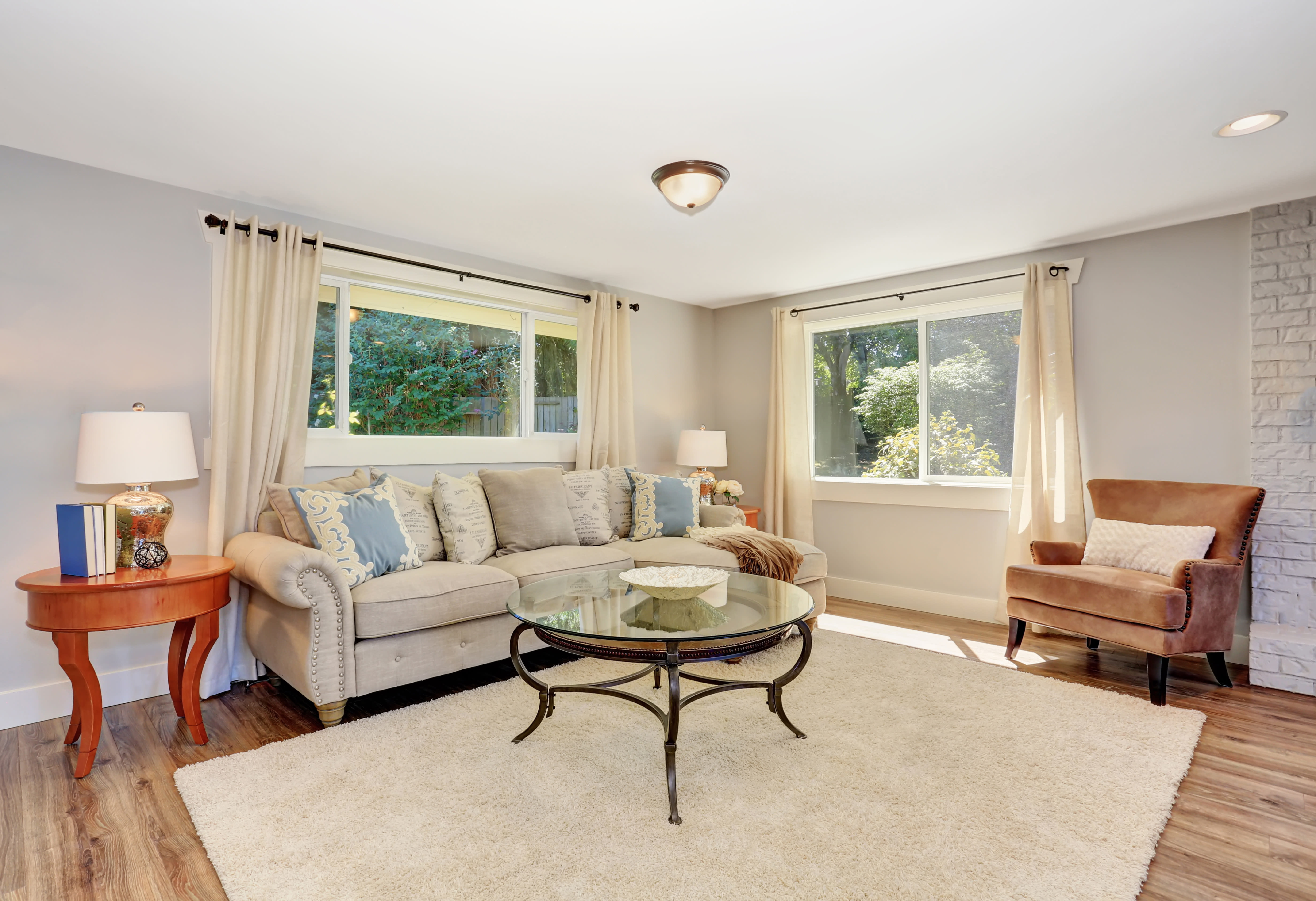
Your Ultimate Guide to Flooring Services: What to Expect
Explore your guide to understanding flooring services – what to expect, how to prepare, and choosing the right company for your home improvement project. Read more now!

Explore your guide to understanding flooring services – what to expect, how to prepare, and choosing the right company for your home improvement project. Read more now!

Is your hardwood floor due for an upgrade? Learn when to refinish or replace with this guide from Floors by the Shore, your NJ flooring experts.

Choosing a flooring specialist in Belmar, NJ? Don't settle for just any company! Read more to know key questions to ensure you find the perfect flooring services company for your project.

Thinking about carpet for your home? Learn the pros and cons of professional carpet installation from Floors by the Shore, your NJ flooring experts.

Discover top tips to avoid mistakes when shampooing rugs on hardwood floors. Read more for expert advice for homeowners wanting to clean their area rugs.

Elevate your commercial space with polished concrete floors from Floors by the Shore. Read more about the smart investment of polished concrete floors.

Explore the pros and cons of shampooing rugs on hardwood floors. Read more to learn expert tips from Floors by the Shore. Explore now!

Discover why polished concrete is the superior choice for flooring in coastal NJ areas like Brielle, Asbury Park, and Spring Lake. Read more for expert advice and tips!

Discover the costs of hardwood floor refinishing with Floors by the Shore. Read more for expert advice, transparent pricing and quality services!

Learn how sunlight exposure affects hardwood floors and area rugs, and discover tips for protection and maintenance. Read more for expert advice from Floors by the Shore in Belmar, NJ.